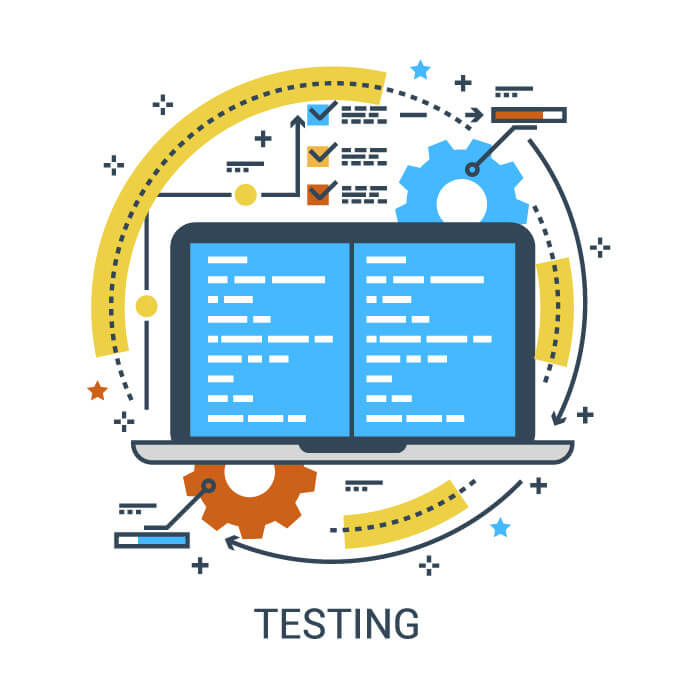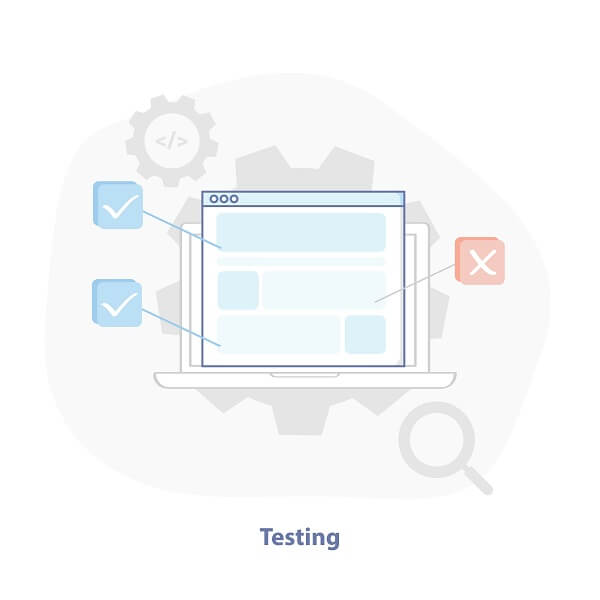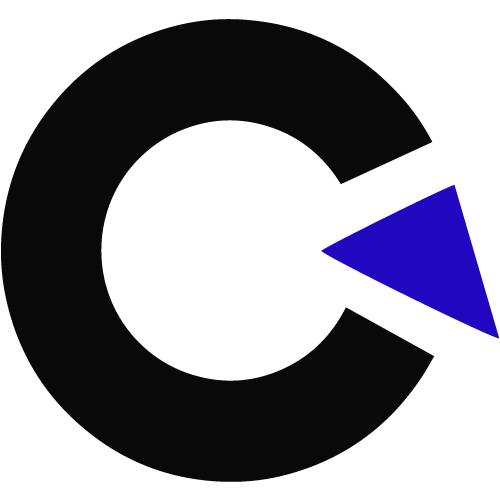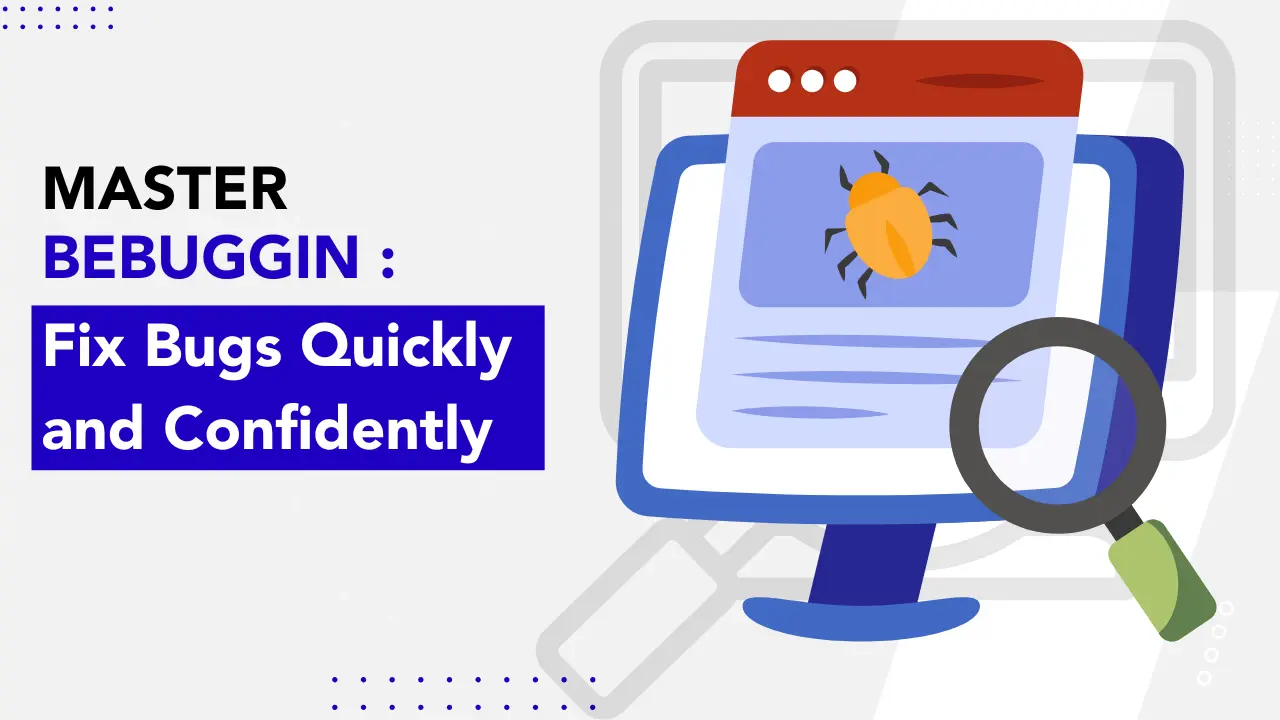
The Basics of Software QA
by admin | Mar 5, 2019 | Software Testing, Blog | 0 comments
QA Testing is a process of assessing a system or its component with the intention to find whether the product makes the grade as per the specific requirement or not. QA companies are aware of what QA is all about, however, for the interest of our readers, software QA can be defined as an activity to verify whether the actual results match the specified results and to ensure that the software is free from defects.

SQA is important because bugs present in the software can be expensive and dangerous for a company. Software with errors can also result in the loss of goodwill for a company and cause financial loss to the company.
We now understand that software testing is an investigation process which is implemented to understand the risks of the software being developed. The process of investigation is not just limited to running a program with the intent to find defects or bugs but goes a little further to validate and verify whether the application meets the expectation mentioned in the functional requirement document.
What are the different types of Software Testing?
Software testing can broadly be divided into two categories:
Manual Testing which requires the software to be tested manually, without using any automated tools.
Here the QA company plays the role of an end user and tests the software to identify any defects or bugs. There are many stages involved in manual testing like unit testing, integration testing, system testing and user acceptance testing. A QA company can use test plans or test scenarios to evaluate the software to guarantee the successful completion of testing.

Automation testing is also known as test automation, it happens when a tester writes a script and uses separate software to test the product. The process implicates the automation of a manual process and is required to redo the test scenarios that were performed during the manual testing phase. Automation testing is also used to test the application in the context of load, performance, and stress point of view. Software testing which is done using automation testing improves accuracy and saves time and money.
Typically a QA company uses all or some of the levels of software testing. Software testing encompasses 4 broad levels- Unit testing, Integration testing, System testing and acceptance testing.
Unit testing is a process where every individual unit or component of the software is tested with the intent to ascertain that all the individual unit of the program is performing as per the requirements.
Integration testing is the next level where all the individual units are conjugated and tested as a group. A tester uses this level to investigate the faults that might be present during the interaction between the units.
System testing, this is the next level towards the full cycle of testing. Here a complete integrated system or software is tested. The purpose of this level is to find out how the system is adhering to compliances and the specific requirements.
Acceptance testing is the last level of testing. In this level the system is tested for its acceptability. A software development company uses this testing to assess the system’s compliance with the requirements of the business and to evaluate whether the product is acceptable for delivery.
Software testing is a very vast and broad subject. You might be employing various other methodologies to test software in order to evaluate whether it is functioning as per the specifications. Whatever method you use, the importance of software testing cannot be underestimated and should be an integral part of your software development cycle. If you are looking for stronger relationships with your customers and to augment customer loyalty, a good software development team you should also include good software testing practices to crease out any errors or bugs from the software, before the final handover of the software. Connect with us for all this and more.


































